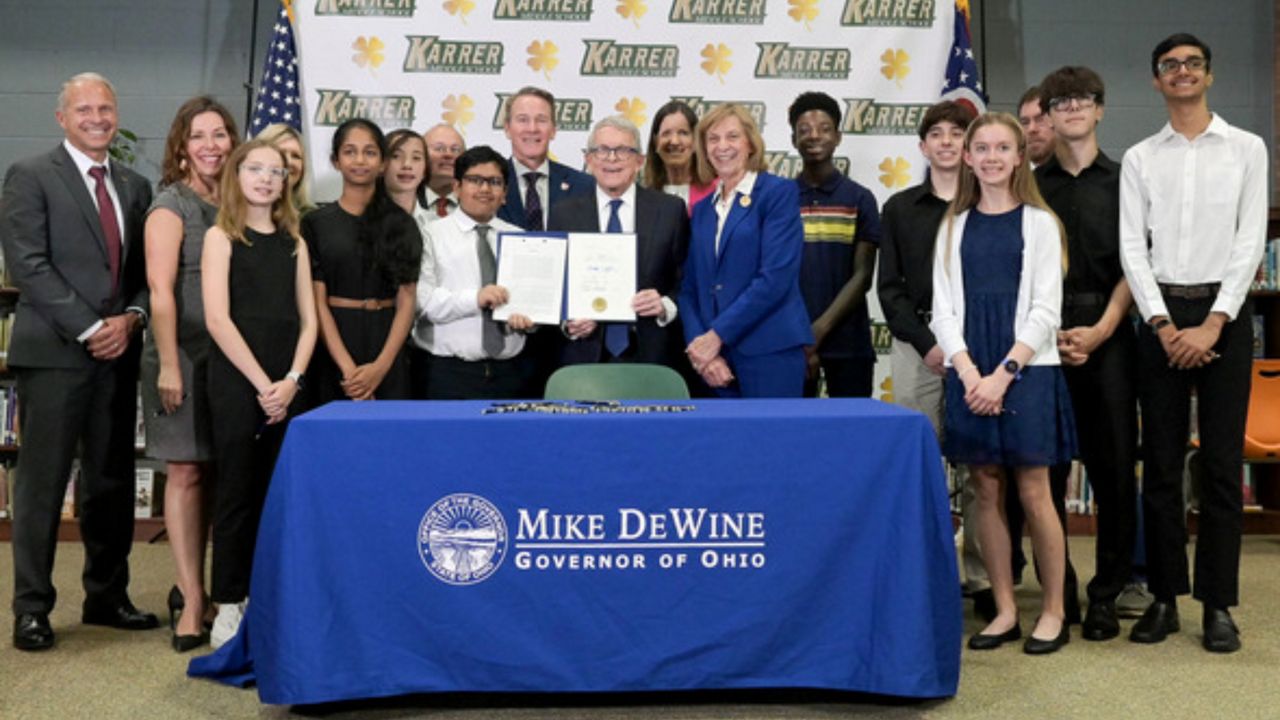COLUMBUS — Earlier this month, Ohio Gov. Mike DeWine signed a bill that would require a cell phone usage policy be created at every school district in the state.
Districts will be required to have such a policy in place by July 2025, and now the state has released a model policy for schools to utilize, according to a press release. Districts will be able to either adopt this policy or create their own.
“By removing the distraction of cell phones from classrooms, our school children will be free to flourish and will see improved academic engagement and social interaction,” DeWine said in the release. “Schools that implement this model policy will quickly see positive results by giving children a break from the nonstop notifications that have proven to be harmful to student performance and mental health.”
Students, per this policy, are not allowed to use their cell phones at school during school hours, and they must be kept someplace “secure” like their locker or backpack. There are exceptions, the release states, for students in an Individualized Education Program, or those with health concerns who need monitoring.
Lt. Gov. Jon Husted said he’s heard unanimous feedback from administrators, students and parents that pulling phones from classrooms improves student performance and decreases bullying and disciplinary issues.
“It’s important that students are focused on their lessons rather than ‘likes’ and giving them a few hours out of the day without their phones will minimize their time on social media apps and algorithms that are addicting and harming them,” Husted said in the release. “Hopefully, this model policy will provide valuable guidance for our school districts.”
More information is available in the toolkit, which was published by the Department of Education and Workforce, where parents, administrators, teacher and even students can find more guidance for limiting screen and phone time outside the classroom.
DEW Director Stephen D. Dackin said the need for this restriction became known after months of meetings with education leaders.
“We listened to their experiences and feedback and used these insights to inform the model policy and additional resources that we are proud to make available,” Dackin said. “I encourage school leaders to use these tools to engage their communities and adopt policies that enhance students’ ability to have a rich and rewarding learning experience while at school.”



